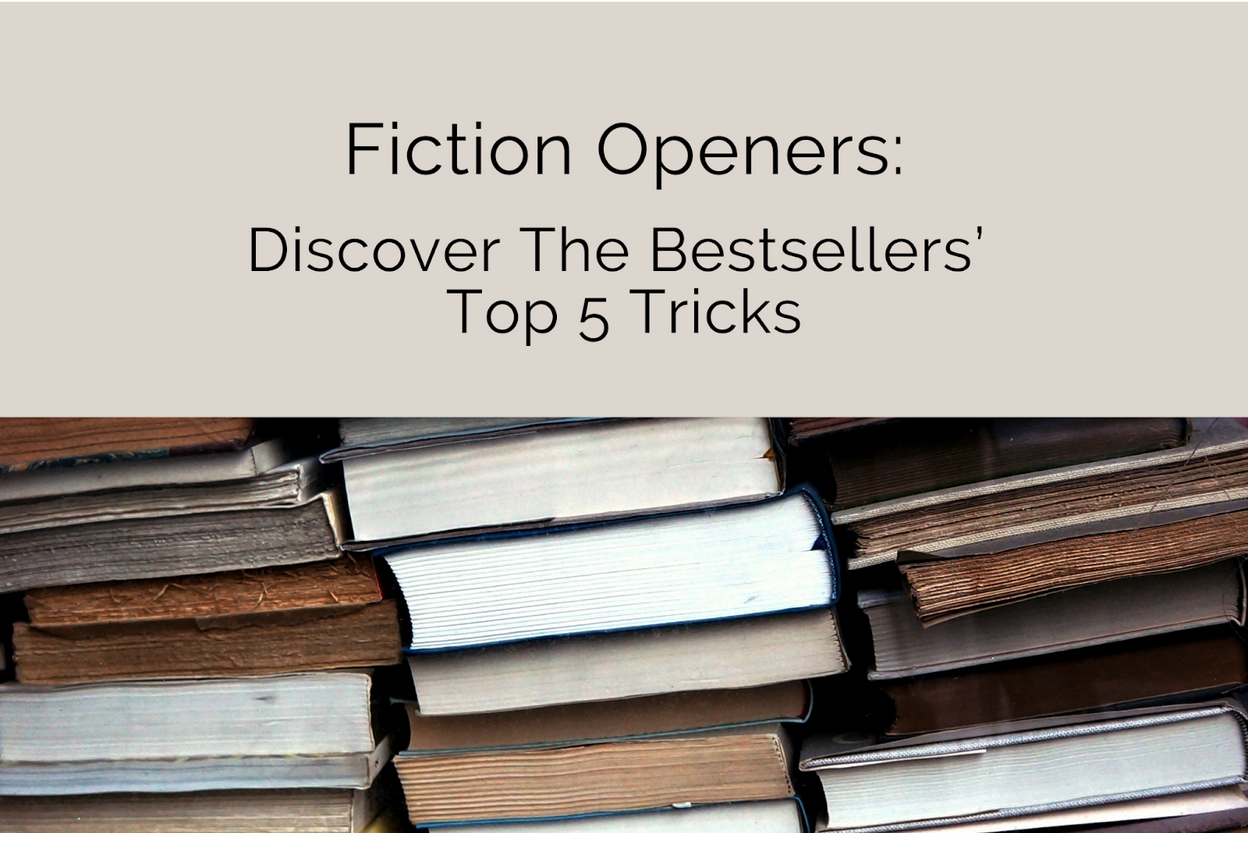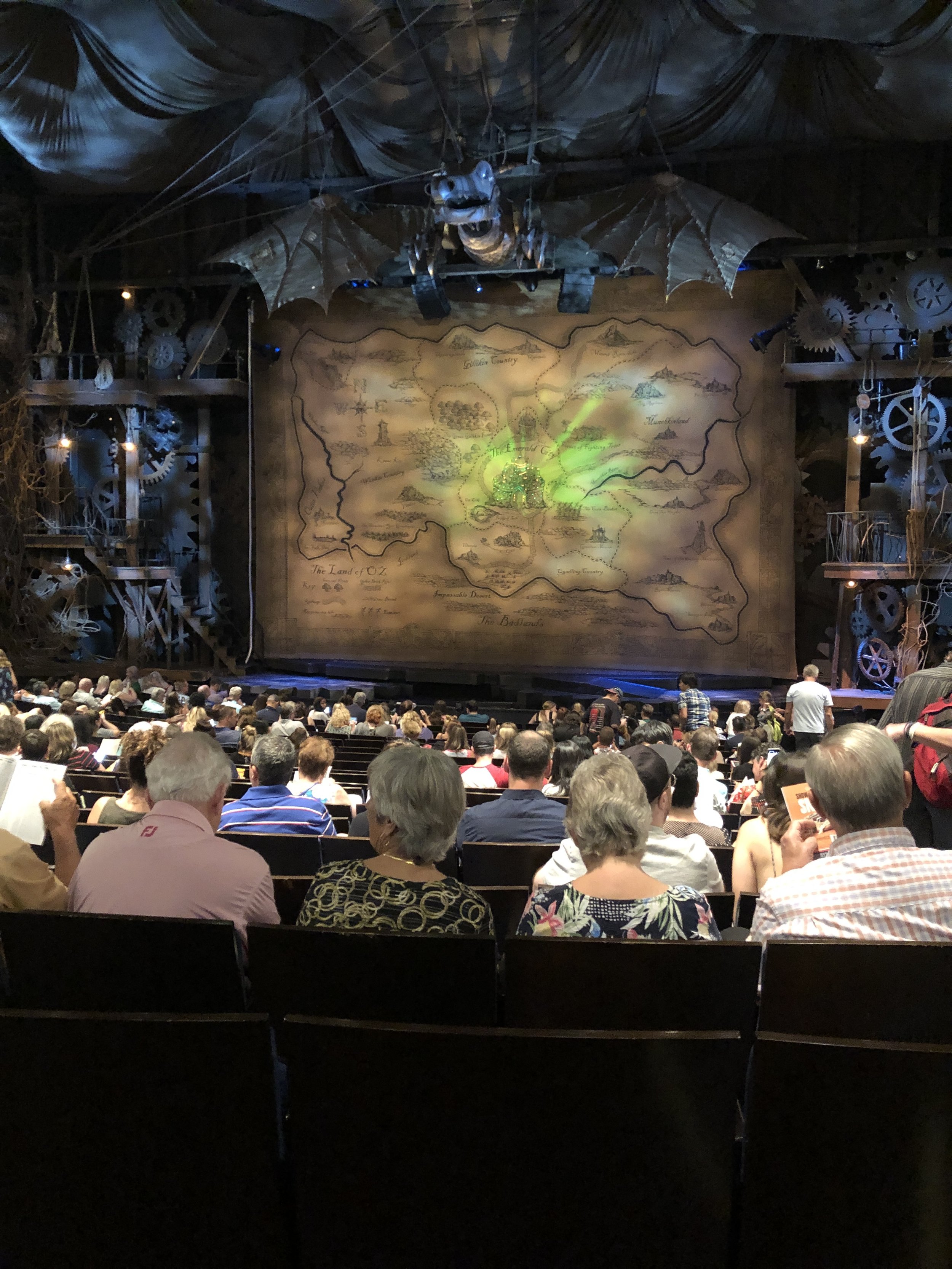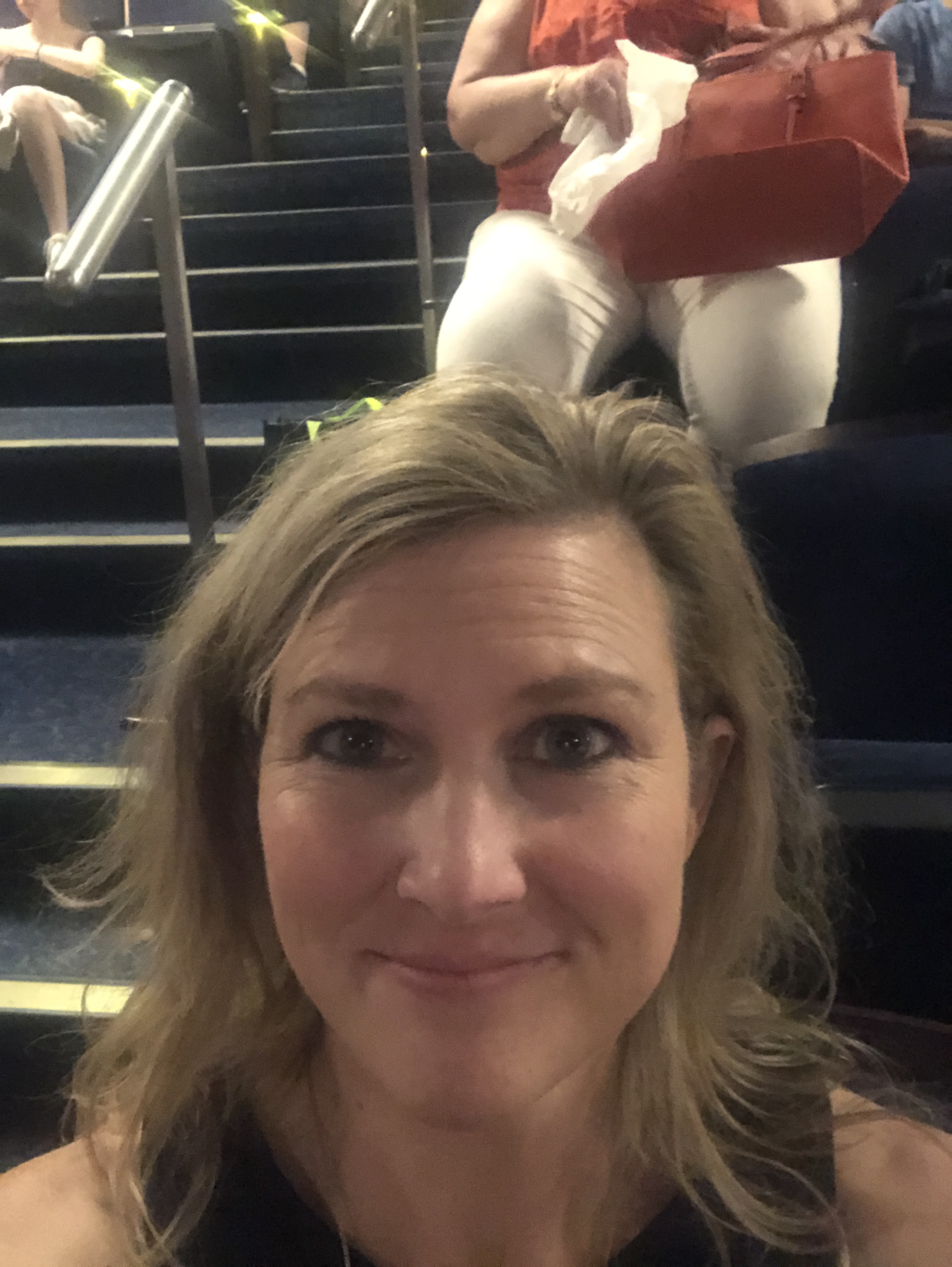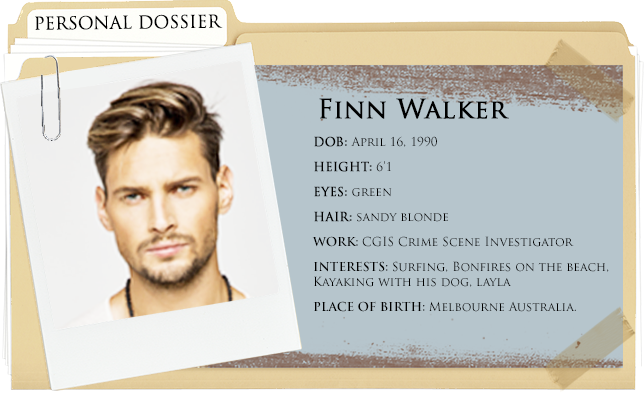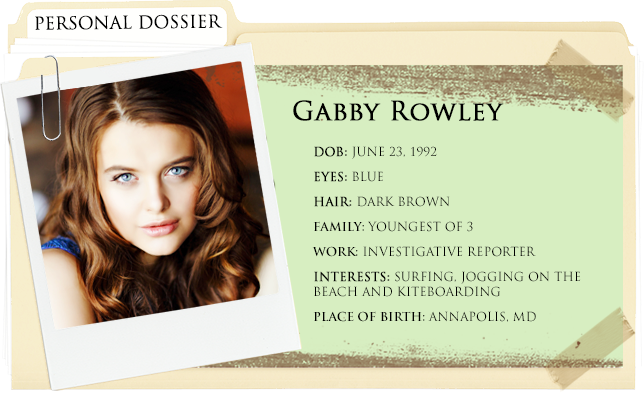Did you know that acquisition editors often accept or reject your entire novel simply based on your opener? Bestselling authors are known for their standout beginnings. Consequently, their opening lines play a large part in their success. If you can hook your reader with line one, page one, and chapter one, they are much more likely to continue reading.
When your readers fall in love with your story, not only do you often secure a second book deal due to the spike in estimated sales, but sometimes you can even join the ranks of bestselling authors.
If your opening sentences carry enough power to make or break your career success, it’s crucial to take a close look at what the successful authors are doing. In this article, I discuss the five ways to assess bestselling books and how to use your findings to inspire your opener.
Remember, assessing what talented, bestselling authors include in their openers is to inspire your own. While you can study your favorite openers over and over, make sure that when you write yours, it’s true to your own creative ideas. Ready to dive in?
Story Openers: Learn From The Greats
J.K. Rowling is known as the author of one of the most beloved children’s book series of all time. Harry Potter did so well that following the publication of the sixth book, Rowling’s agent disclosed that global sales had hit 300 million copies sold.
What was the first line that drew in publishers? Simply this: “Mr. and Mrs. Dursley of number four, Privet Drive, were proud to say that they were perfectly normal, thank you very much.”
What about Veronica Roth, author of the Divergent trilogy? “There is one mirror in my house.” A much different style of opener, genre, and premise, readers loved Roth’s story so much it landed on the big screen.
So what are the writing tips that set these writers apart? What makes authors like Agatha Christie, Stephen King, Danielle Steel, and Suzanne Collins the household names they are today? It starts with their openers.
Whether Dr. Seuss inspires your love for writing children’s books or Barbara Cartland is your icon for romance, these five steps will help you set the trajectory for a successful first page.
#1 - Find Your Comparative Titles
Comparative titles are simply books that are similar to yours. When you write your book proposal, you should include three to five comparative titles (or comp. books). The purpose of this section is multifaceted:
Demonstrate that other books like yours have sold well
Show that you are a fresh take on an already-loved genre
Help marketers understand what they’re working with
While it’s usually frowned upon to use the classic bestsellers in your proposal, when writing openers, it’s helpful to choose three to four of the top books in your genre.
Research bestselling authors who share your genre, find their most loved books, and narrow the list until you’re left with just a few that are similar to your work-in-progress. If possible, use a physical copy because this will help with steps two and three.
#2 - Circle Every Genre Specific Word Or Phrase
Whatever genre you write, it’s crucial for readers to feel immersed in your story world from the first page. If you leave ambiguity, you leave your reader hanging. Their confusion may drive them away from the book.
To combat this, reach for your stack of comparative titles. Grab a pencil and lightly circle every genre-specific detail the author includes in their opening. Take the bestselling novel, now a major motion picture, Divergent, for instance. In just the first pages, the reader learns:
Only one mirror is allowed in a house
There are five social tiers called factions
An aptitude test places you in a faction
A Choosing Ceremony acts as a right of passage
That’s quite a few genre-specific, draw-you-in type details. As a reader, your curiosity is piqued, and you want to continue reading to discover what it’s all about.
As you prepare to write your opening, ask yourself the following:
What details will most orient my reader into the story world?
Which details are imperative to know early on?
Where is my protagonist’s primary focus?
List out your answers and compare your number of details to the bestseller’s number. As writers, it’s vital to find the balance between giving readers enough information to feel oriented but not so much that they become overwhelmed.
#3 - Underline Every Character Revelation
Readers love characters they can relate to, empathize with, and root for. But how do you create compelling characters readers want to support on the first page? Let’s take a look at page one of The Hunger Games where we find that Katniss:
Shares a bed with her little sister
Hunts to find food for her family
Has a potentially life-changing day ahead of her
Is kind enough to give her leftovers to her little sister’s cat
These small details reveal the character of the protagonist. She is a leader because she takes charge of caring for her family. She is brave, thinking of her little sister when she herself has the same difficult day ahead. She is caring, giving what little food she has to a hungry pet.
Each of these character qualities builds throughout the trilogy. Consider what qualities your readers should associate with your protagonist in the opening pages. How can you best set them up for the coming character arc?
#4 - Write Down Every Detail Your Reader Needs To Know Upfront
The details necessary for your manuscript depend on your genre. For instance, if you write historical fiction, orienting your readers with the time period and customs will play a large role in your world-building.
Because I write dystopia, my readers need to know the basics of how my world functions as quickly as possible:
How do people make a living?
What is the currency?
Are there seasons?
What about social class?
How do people engage with one another?
Readers also need backstory. How did the world come to be dystopia? What are the biggest struggles of my characters? What do they desire and why?
To top it all off, I need to show my readers the most important aspects of my protagonist. The small details will come out later. But early on, it’s crucial to include details that allow readers to empathize with the character who will carry the story from first page to last.
Write these points down, then organize them from most important to least. As you write your beginning, layer them in accordingly.
Tip: Always remember to layer details in to avoid an information dump. To do so, keep the show don’t tell rule top of mind.
#5 - Include The Most Important Elements Of Story
Readers are drawn to tension, conflict, and universal themes. In the early pages of your manuscript, make sure your theme doesn’t get lost in the details of your story. Your details should spotlight your theme, not distract from it. Every sentence should point to the bigger picture, a building block in the masterpiece that will be your final draft.
Look through your comparative titles and take note of how the sentences contribute to the overall theme. For instance, Beatrice is used to just one mirror in her home. Later, she learns that humility does not hinder boldness, but rather fuels her to boldly care for others.
Katniss hunts for food for her family, which at first glance, seems like an inconsequential detail. By the third book, this character trait directly highlights the theme of the trilogy and her character arc as a whole. Her desire to protect those she cares about grows to include not just her family, but District 12, and ultimately, all of Panem.
Remember To Enjoy The Process
In an interview with Publisher’s Weekly, Pulitzer Prize winner Jane Smiley said, “Focus on enjoying the process and let the rewards, such as they are or might be, take care of themselves.”
The journey from aspiring author to published author is long, filled with highs and lows, and not for the faint of heart. First time rejections are nearly guaranteed and acceptance often feels like a distant dream.
With this in mind, there’s nothing quite as intimidating as comparing your first draft to a bestseller’s opening page. However, learning from established authors largely contributes to your overall growth. Master a growth mindset—it’s key for the longevity of your dream.
I hope these five tips inspire you as you write your opener. Not everyone has the opportunity to write the book they want to read. Enjoy the privilege of creating characters you love and that one day, thousands of readers may love too.
Regardless of your sales success, the learning process is invaluable, your creativity will grow, and the end result will be worth it!
Sarah Rexford is an SEO copywriter for companies from startups to multi-million dollar businesses. She writes for influencers around the nation, from CEOs to a New York Times bestselling author, and speaks at writing conferences with keynotes such as Charles Martin. A creative writer as well, Sarah helps writers clarify their dreams so they can work them into reality. For more about Sarah, find her at her website, www.sarahjrexford.com.



